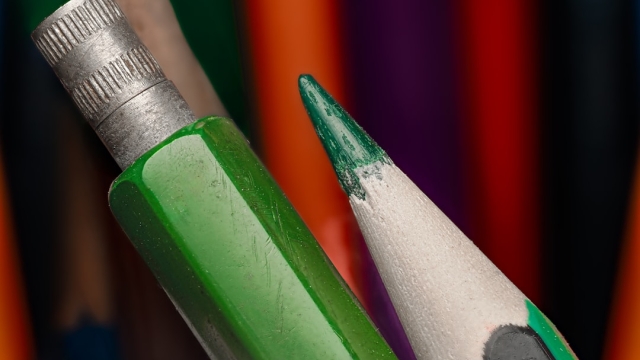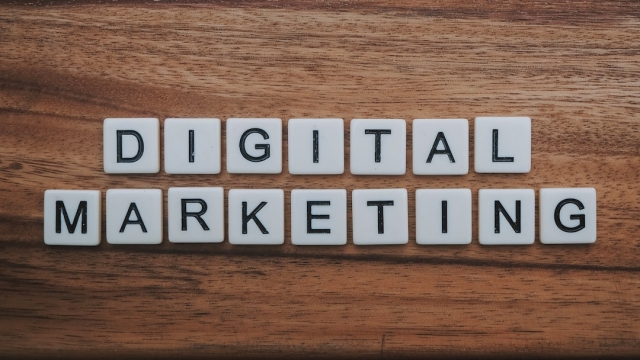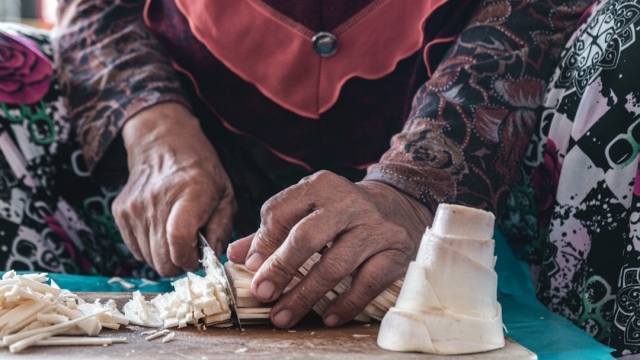Understanding the Purpose of Your Art Exhibition
Planning an art exhibition is a multifaceted endeavor that requires careful consideration and organization. Whether you are an artist, curator, or an organization hosting an exhibition, understanding the key components of art exhibition planning can significantly impact the success of your event. This article aims to provide you with insights into defining the purpose of your exhibition, addressing logistical considerations, and implementing effective marketing strategies to attract visitors.
Understanding the Purpose of Your Art Exhibition
The first step in art exhibition planning is to clearly define the purpose and theme of your exhibition. This foundational element not only guides your decisions throughout the planning process but also helps convey a cohesive message to your audience. Consider what you want to achieve with the exhibition. Is it to showcase the work of a specific artist, explore a particular theme, or raise awareness about social issues through art? Understanding your goals will help you select artworks that align with your vision.
Establishing a theme can also enhance the viewer’s experience. A well-defined theme provides context for the artwork and invites visitors to engage more deeply with the pieces displayed. Once the purpose and theme are set, you can move forward with other aspects of planning, keeping this core idea in mind at every step.
Logistical Considerations for planning an art exhibition
Logistics play a crucial role in the success of an art exhibition. One of the first logistical considerations is selecting an appropriate venue. The venue should align with the exhibition’s purpose and theme while also accommodating the anticipated number of visitors. Consider factors such as location, accessibility, and available facilities when choosing a space. A well-located venue can significantly enhance visitor turnout.
Another important aspect of logistics is artwork transportation and installation. Ensure that you have a plan for safely transporting artworks to the venue. This may involve hiring professional art handlers or ensuring that your team is trained in proper art handling techniques. Additionally, think about the installation process. Layout is vital; consider how the arrangement of artworks can guide visitors through the exhibition and create a meaningful flow.
Don’t forget to account for lighting, signage, and any necessary permits or insurance. These elements are essential in ensuring that the exhibition not only looks professional but also operates smoothly throughout its duration.
Marketing Strategies to Promote Your Art Exhibition
Once the logistical aspects are well underway, it’s time to focus on marketing strategies to attract visitors to your exhibition. A well-executed marketing plan can significantly increase visibility and engagement. Start by leveraging social media platforms to generate buzz. Create engaging posts that showcase sneak peeks of the artwork or highlight the artists involved. Consider using video content or live streaming to provide a behind-the-scenes look at the planning process.
Collaboration with local businesses can also enhance your marketing efforts. Partnering with cafes, bookstores, or community centers allows for mutual promotion and can expand your reach. They might display flyers or even host pre-exhibition events that tie into the theme of your exhibition.
Additionally, traditional marketing methods should not be overlooked. Distributing press releases to local media outlets, sending out invitations to local art enthusiasts, and utilizing email newsletters can help spread the word effectively.
Execution Tips for a Successful Opening
As the exhibition date approaches, focus on the execution of your opening event. A well-organized opening can set the tone for the entire exhibition. Consider offering guided tours, artist talks, or interactive workshops to engage visitors and encourage meaningful interactions with the artwork. Create a welcoming atmosphere that resonates with the theme of your exhibition, making visitors feel immersed in the experience.
Finally, remember that the end of the exhibition is just as important as the beginning. Follow up with visitors through thank-you emails or surveys to gather feedback. This can provide valuable insights for future exhibitions and help foster a sense of community.
In conclusion, effective art exhibition planning involves a blend of clear purpose-setting, logistical organization, and strategic marketing. By focusing on these core components, you can create an engaging and memorable exhibition that resonates with your audience. For further resources on art exhibition planning, consider exploring [Cozy Artland](https://www.cozyartland.com) for additional guidance and inspiration.



